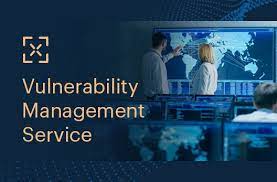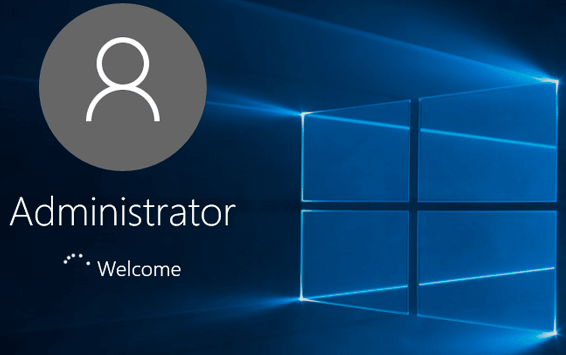Description
Introduction of zero trust Security in Cloud
Latest zero trust Security in the cloud as organizations increasingly shift their operations to the cloud, the traditional perimeter-based security model is no longer sufficient to protect against modern threats. This training introduces the Zero Trust Security model, which assumes no entity, inside or outside the network, should be trusted by default. Participants will learn how to apply Zero Trust principles to cloud environments, ensuring strong authentication, continuous verification, and minimal implicit trust. This course explores Zero Trust architectures, best practices, and cloud-native security tools for AWS, Azure, and Google Cloud to create a robust defense against potential breaches.
Prerequisites
Participants should have:
- A basic understanding of cloud computing concepts and security principles.
- Familiarity with cloud platforms like AWS, Azure, or Google Cloud.
- Some knowledge of network security, identity management, and access control systems.
- Experience with cloud security tools is beneficial but not mandatory.
Table of Contents
1: Introduction to Zero Trust Security
- What is Zero Trust Security and Why It Matters
- Differences Between Perimeter-Based and Zero Trust Security Models
- Key Principles of Zero Trust: Never Trust, Always Verify
- Understanding the Zero Trust Maturity Model
- Benefits of Zero Trust Security in Cloud Environments
2: Zero Trust Architecture for Cloud Environments
- Designing a Zero Trust Architecture for AWS, Azure, and Google Cloud
- Core Components: Identity, Network, Device, and Application Trust
- Cloud-Specific Zero Trust Models and Frameworks
- Adopting a Micro-Segmentation Strategy in the Cloud(Ref: Enhance Network Agility with VMware Velocloud SD-WAN)
- Best Practices for Implementing Zero Trust Architecture in Multi-Cloud and Hybrid Environments
3: Identity and Access Management (IAM) in Zero Trust
- Role of Identity in Zero Trust Security Models
- Strengthening IAM in AWS, Azure, and Google Cloud Using Zero Trust Principles
- Implementing Conditional Access and Risk-Based Authentication
- Enforcing the Principle of Least Privilege and Continuous Verification
- Best Practices for Securing Identities in a Zero Trust Cloud Environment
4: Network Security and Micro-Segmentation
- Securing Cloud Networks Using Zero Trust Network Access (ZTNA)
- Configuring Virtual Networks, Subnets, and Security Groups for Zero Trust
- Micro-Segmentation: Isolating Workloads and Limiting Lateral Movement
- Implementing Network Security Controls in AWS, Azure, and Google Cloud
- Best Practices for Cloud Network Security in Zero Trust Models
5: Continuous Monitoring and Threat Detection in Zero Trust
- Importance of Continuous Monitoring in a Zero Trust Cloud Environment
- Using Cloud-Native Monitoring Tools: AWS GuardDuty, Azure Sentinel, Google Cloud SCC
- Detecting and Responding to Anomalous Behavior and Insider Threats
- Configuring Security Alerts and Automated Responses
- Best Practices for Real-Time Threat Detection and Incident Response in Zero Trust
6: Securing Endpoints, Devices, and Applications in Zero Trust
- Securing Cloud Workloads, Containers, and Serverless Architectures
- Applying Zero Trust to Endpoint and Device Security
- Ensuring Application Security: Role of APIs, Microservices, and DevSecOps
- Enforcing Zero Trust on Mobile and IoT Devices in Cloud Environments
- Best Practices for Application and Endpoint Security in the Zero Trust Framework
7: Data Protection and Encryption
- Securing Sensitive Data with Zero Trust Principles
- Data Classification and Applying Role-Based Access Controls
- Encrypting Data at Rest and In Transit in AWS, Azure, and Google Cloud
- Zero Trust Approaches to Data Loss Prevention (DLP)
- Best Practices for Data Security in a Zero Trust Cloud Environment
8: Implementing and Scaling
- Steps for Implementing Zero Trust at Scale in Multi-Cloud and Hybrid Architectures
- Challenges of Implementing Zero Trust in Large Cloud Infrastructures
- Integrating Zero Trust with DevOps and DevSecOps Practices
- Future Trends in Zero Trust Security: AI, ML, and Post-Quantum Cryptography
- Course Wrap-Up and Final Q&A
This training includes hands-on labs, real-world case studies, and interactive exercises to ensure participants can implement Zero Trust security strategies across AWS, Azure, and Google Cloud environments effectively.







Reviews
There are no reviews yet.